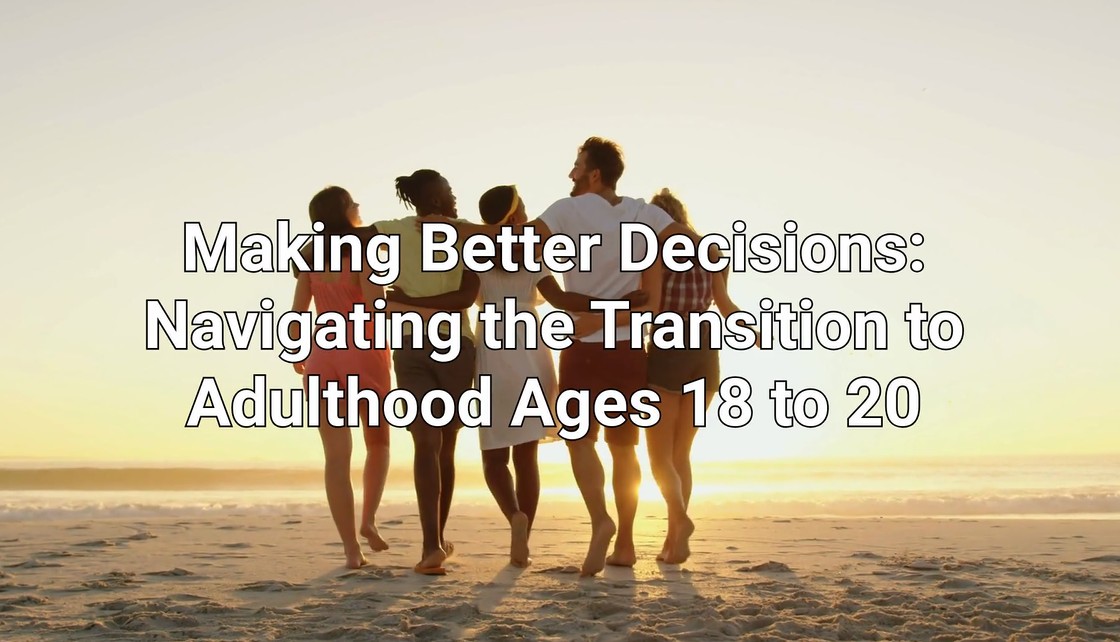Pre Course Introduction and Self Assessment
Module 1
Module 2
Module 3
Post Course Completion Self Assesment
Age 18 to 20 Lesson 3.4 Quiz
All on demand courses, products and consulting services are available for Members only.
The Good News - All you have to do is sign up by for your FREE Membership following the link...Click Here!
Make today the day you start learning how to make better decisions.
